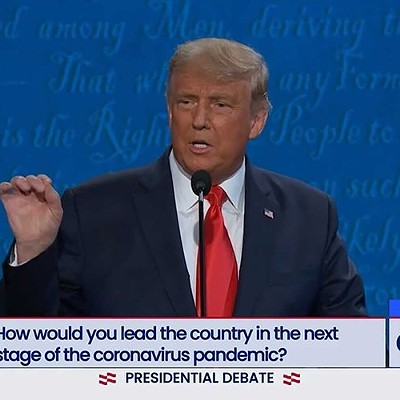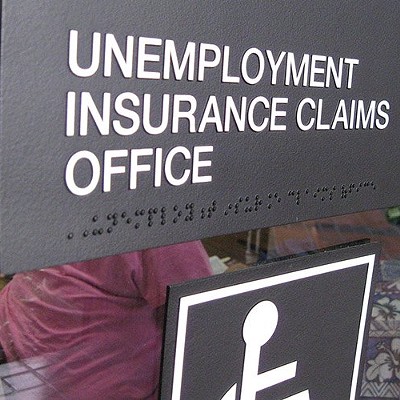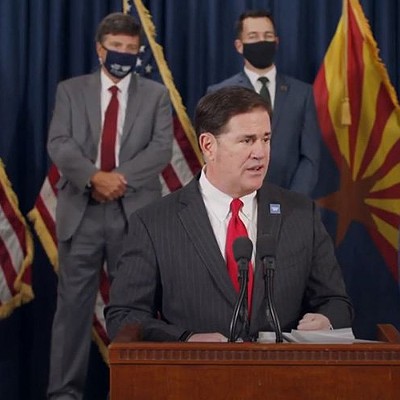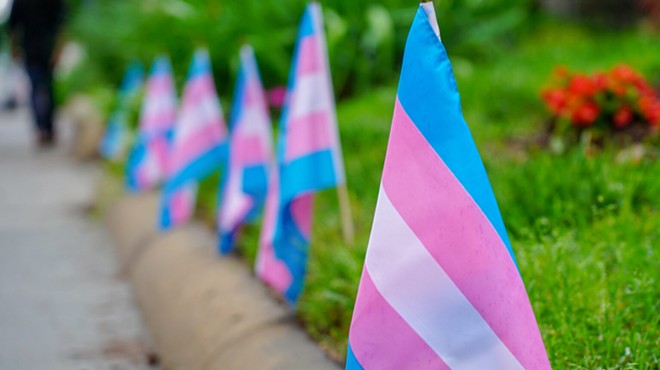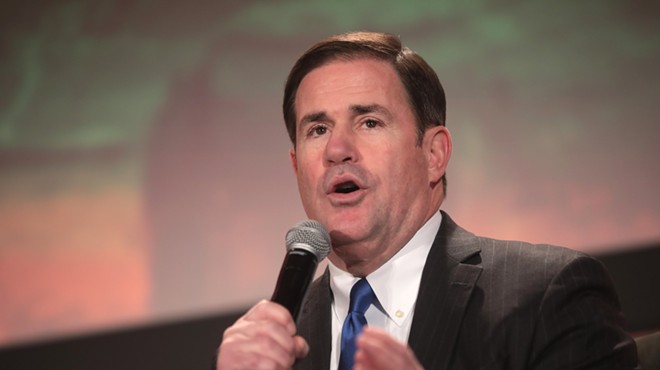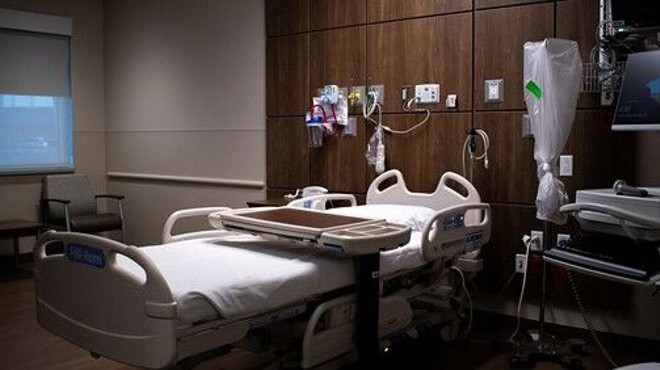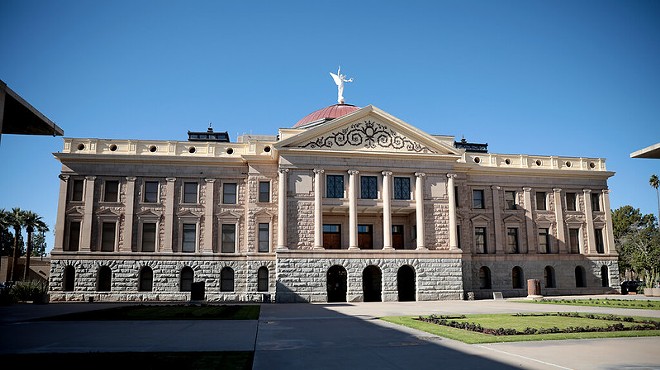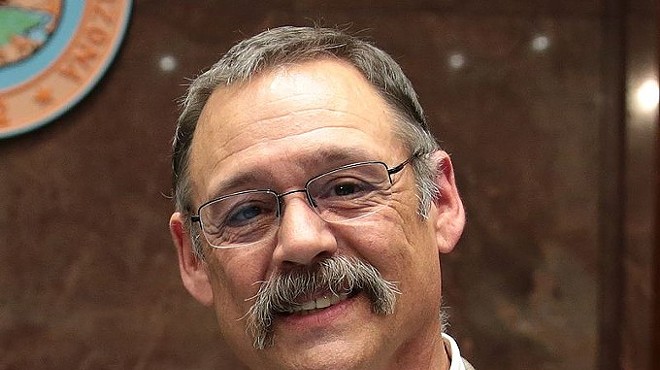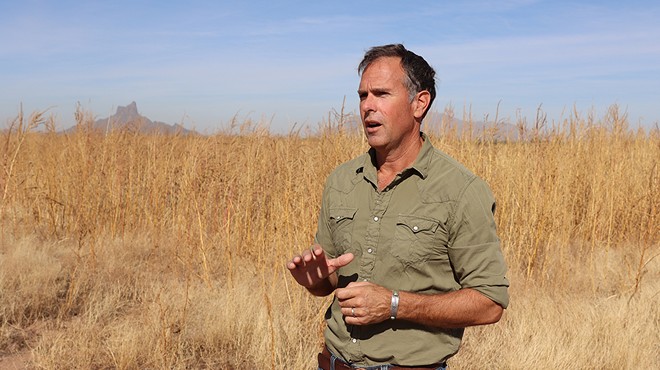Thursday, January 29, 2015
Feds OK Controversial Power Line Project That'll Go Right in the Middle of the San Pedro River Valley; Environmentalists Are Angry
Afters years of debate, the feds have finally approved a high-voltage electrical transmission lines project known as the SunZia Southwest Transmission Project that will go through the middle of the San Pedro River Valley, and this has environmental advocates very unhappy.
Interior Secretary Sally Jewell's approval of the project means miles of roads and 135-foot-tall towers will be built in the area (affecting parts of Pima, Pinal, Graham and Cochise counties), "creating one of the West's largest utility corridors directly in one of the most important bird migration pathways in the United States," a press release from the Center for Biological Diversity said.
“There’s no justification for sacrificing an area as biologically rich and critically important to wildlife as the San Pedro River Valley for such a dubious project,” said Randy Serraglio, conservation advocate at the Center for Biological Diversity, in a statement. “Millions of birds — hundreds of different species — use the San Pedro corridor for essential migration every year, and this unfragmented landscape provides important habitat and connectivity for terrestrial animals as well.”
The project, which is managed by Phoenix-based Southwestern Power Group, will run two parallel 500-kilovolt lines from central New Mexico to central Arizona, and proponents say it is "crucial" for spreading renewable energy through the Southwest region.
From the Center for Biological Diversity press release:
The “preferred” route approved by Jewell for SunZia runs from central New Mexico to central Arizona, ostensibly to promote development of wind energy by creating the transmission capacity to deliver it to neighboring states. But both California and Arizona officials have said repeatedly that they’re not interested in purchasing wind power from New Mexico, since they expect to meet all of their renewable energy needs in-state. Also, the only independent analysis done on the SunZia project concluded it was not economically feasible.The center, as well as other groups like the Sierra Club, Friends of the Aravaipa Region, which focuses in protecting the habitat of the lower San Pedro watershed, say the project is flawed and that it is not likely to promote renewable energy production at all.
From a statement by the Friends of the Aravaipa Region's Peter Else:
SunZia is a transmission project, not a renewable energy project. However, the SunZia team used the federal environmental review process to convince the public and the decision-makers that the energy development scenario offering the least marketability will be the most likely scenario to take place, contrary to specific findings in a third-party feasibility study. This decision points out the degree to which the process prescribed by the National Environmental Policy ActHe says the decision highlights just how disjointed environmental policies have become at the federal level.
(NEPA) has been corrupted. NEPA was originally enacted to require an objective description of a proposed development action, using the best available science to describe the short- and long-term environmental effects and rigorously analyzing possible alternatives. With the SunZia process, NEPA has been subverted into a marketing tool for project proponents.
Secretary Jewell, who had characterized herself as the champion of landscape-scale conservation planning, has now personally announced that the very region repeatedly designated to offset environmental impacts elsewhere in Arizona (the lower San Pedro watershed) has officially become the preferred path for a major new infrastructure corridor, one of the largest transmission projects in American history. She has made this decision without seriously considering alternative project proposals and routes, despite an effort made by local conservationists and Arizona Representatives Kirkpatrick and Barber to have her staff independently review the validity of the project's analyses and its environmental benefit claims. At that time, Secretary Jewell simply forwarded this formal request to subordinates in the same agency that had previously dismissed relevant information submittals. No response was ever received by the Arizona petitioners, so it is apparent that an independent review did not take place within the Obama administration.The group wants to fight the approval, but say that depends on how much legal and financial support they're able to get to take the issue to court. Meanwhile, the Center for Biological Diversity says it's sad to see the tens of millions of dollars that have invested in protecting the San Pedro River Valley thrown in the trash because of this project.
"Compromising that investment for a scam like SunZia is unfair to the communities, agencies and organizations doing that work as well as the wildlife that benefit from it," Serraglio said in his statement.
Here's the map of where the proposed project would go.
Tags: SunZia Southwest Transmission Project , San Pedro River , valley , watershed , Arizona , New Mexico , Center for Biological Diversity , Friends of the Aravaipa Region , Sally Jewel , Southwestern Power Group , electricity , renewable energy


